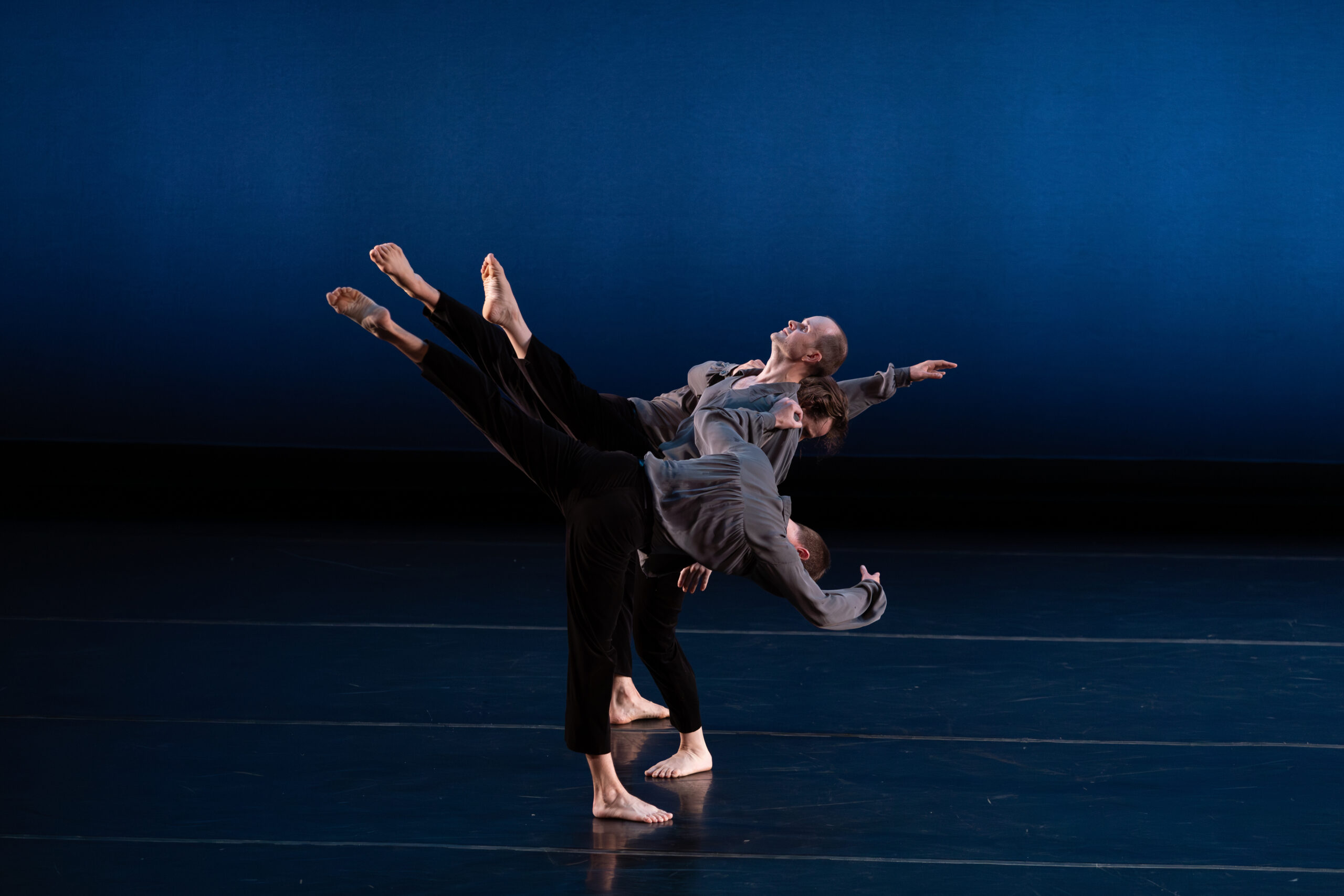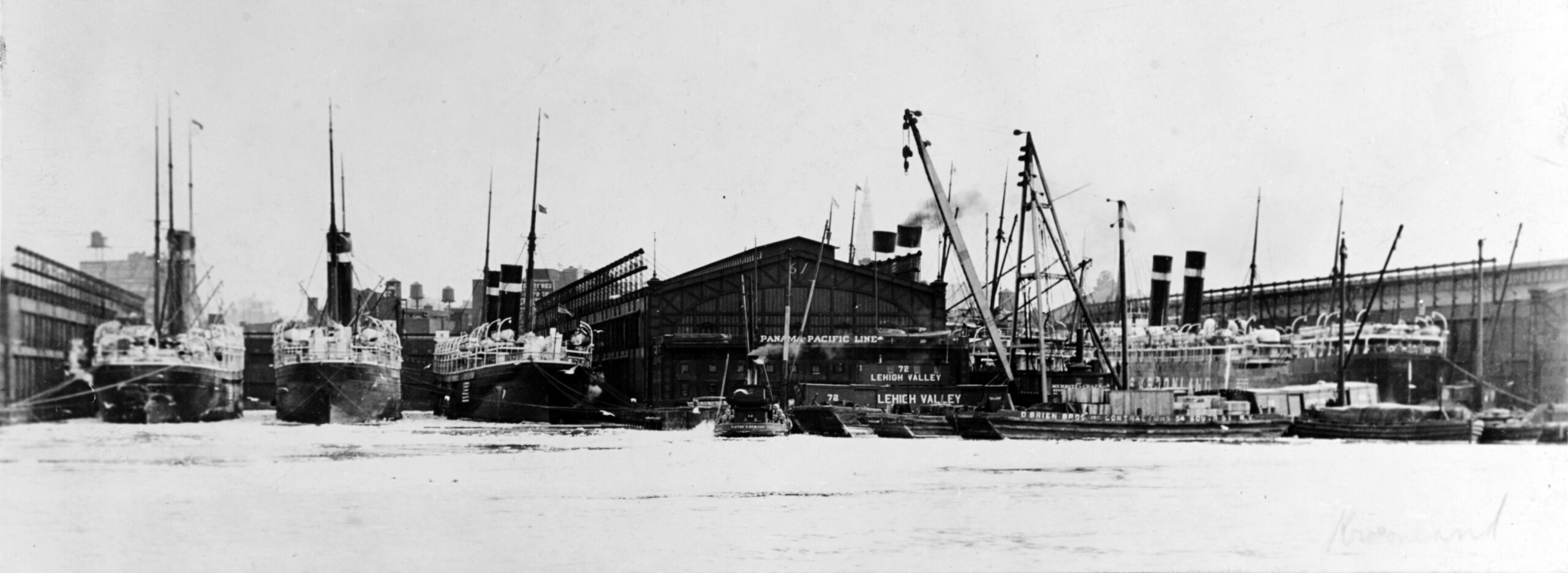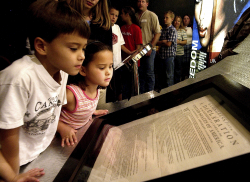
Richard the Lionheart: In Life and in Legend, by Heather Blurton (Reaktion): Richard I of England (1157–99) likely spent no more than six months of his ten-year reign in his home country, yet his statue still stands planted firmly outside the Houses of Parliament in Westminster. Richard I once said that he would sell all of London if he could find a buyer, yet his legacy evokes national pride and the pinnacle of English chivalry. It turns out that, like so many powerful figures in history, Richard I was adept at spinning his own myth. In Richard the Lionheart: In Life and in Legend, Heather Blurton explores how the mythical status of Richard the Lionheart came to be, analyzing the literature about him from his own time and how that legend has been shaped since. —RSM

The Old Lyme Midsummer Festival, at the Florence Griswold Museum, in Old Lyme, Connecticut (July 25–26): The Old Lyme Midsummer Festival reminds us why Henry Ward Ranger first took up summer lodgings at Miss Florence’s boarding house in 1899. This bucolic slice of Connecticut on the Lieutenant River, just up the Connecticut River estuary, became a center of the American Barbizon and soon after American Impressionism, attracting artists from Childe Hassam to Willard Metcalf, Matilda Browne to William Chadwick. Lyme carries on its legacy as an artist colony as the town’s cultural institutions come together each summer for a weekend of festivities spread across its arts district. Beginning with a lawn concert Friday night on the grounds of the Florence Griswold Museum, the festival continues on Saturday with a host of outdoor attractions and open houses at the Lyme Art Association, the Lyme Academy, the Cooley Gallery, and the Florence Griswold Museum. —JP

Mark Morris Dance Group at the Joyce Theater (July 22–26): The Mark Morris Dance Group is continuing its two-week residency at the Joyce Theater through July 26, presenting several works by the choreographer Mark Morris, whose ballets are in the repertory of ballet and modern-dance companies across the world. The company presents “Program B” this week, from July 22 to July 26, which includes The Argument (1999), the world premiere of Northwest, Ten Suggestions (1981), and Going Away Party (1990). Morris creates dances with a copy of the score in his hand, infusing every work with a fresh and clever musicality. Whether he is choreographing to compositions by Robert Schumann, John Luther Adams, or Bob Wills and his Texas Playboys, all of whose work is represented in this program, Morris embodies the choreographer George Balanchine’s famous adage, “see the music, hear the dance.” It is fitting that the evening will be accompanied by live musicians sitting just below the stage, in the corner of the house, creating an intimate opportunity to enjoy the marriage of dance and music. —RSM

Photo: U.S. Naval Historical Center.
“The Original Chelsea Piers: New York’s Maritime Grand Central Terminal,” with William Roka, presented by Village Preservation (July 23): Those who know Chelsea Piers as merely an urban sports destination might be surprised to learn that the ten-block stretch on the Hudson was once “New York’s Maritime Grand Central Terminal,” hosting ocean liners and cargo shipping. The iron arch of Pier 54 remains, but the ships have long gone. On Wednesday night, William Roka, the director of programs at the Greenwich Village Society for Historic Preservation, will illuminate the forgotten history of Chelsea Piers in an illustrated virtual talk. —BR
Dispatch:
“Venice on the Danube,” by Paul du Quenoy. On a performance of Ponchielli’s La Gioconda, at the Hungarian State Opera.
By the Editors:
“There’ll Always be an England—But Will It Be Free?”
Roger Kimball, American Greatness
From the Archives:
“Rudy Burckhardt, 1914–1999,” by Karen Wilkin (October 2000). On a memorial for the photographer, filmmaker & painter.















